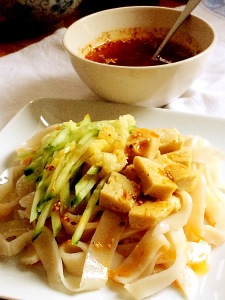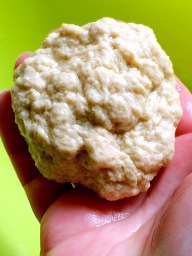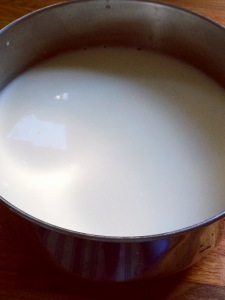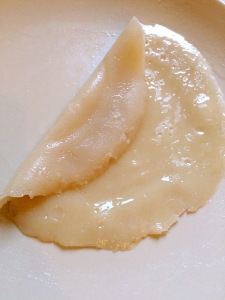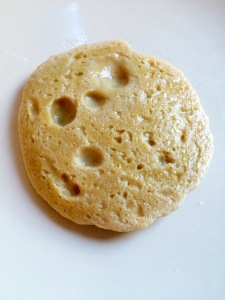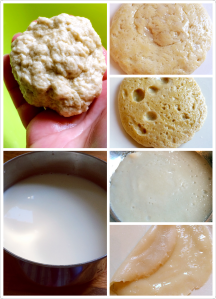The real headache when I was in Beijing was not what I could have for dinner, but was how I could make my mind up to pick up one, in fact most of time ending up with a lots, among so many available choices for everyday meals. Things get even worse when relatives or friends sitting around a table for making orders in a restaurant, menus not unlike a textbook with illustrations and photos printed along aside of dish names with inserted seasonal and promotional leaflets, passed from one person to the others and back to host politely without a single dish has been ordered. Partly because it is the way it should be traditionally in China as there are so many considerations need to be taken into account, respecting for others, especially elders and host and hostess, letting the others do first or simply not to be blamed for pick up dishes less favourite by the others; in fact for me, there is a simple reason that is I don’t want to be tired off before picking up my chopsticks. It is not uncommon scenery that the host repeats the above routine in van with his greatest hospitality for inviting any volunteers to join him for such important role which eventually shift to nobody but himself as the others keeps mentioning to him that anything is ok. Anything means nothing indeed. It seems awkward and chaos but somehow I actually quite like this way of ordering food; it comes up with some amazing dishes which you have never had before, or something alternative to your habitual menu list; It also well maintains the dominating position of a classic dish that satisfying people.
A classic dish is a time-honoured winner that doesn’t have to be expensive and difficult to get from somewhere else rather than in a restaurant and can be a combination of flavours that works so well and keeps everyone happy in its every means at any occasions. Indeed, steamed Liangpi noodle is one of the many. People in Beijing have it all the times as meal, dinner, snack, later-night extra from a plate, in a plastic bag or a takeaway box which brought from market stalls, over the counter of grocery shops in their neighbourhood, and posh restaurants as well. With such wide existence, it is not unusual that it has been taken the grant to get it from vendors rather than making it at home as for questioning the necessary of knowing recipe of good for nothing. Well unarguably, you are perfectly right to think in this way, particularly if you are in china. However for us who can’t get access to large immense supply market aboard or for someone who prefers homemade to mess commercial produced, the recipe seems to be a treasure.
Liangpi Literarily means ‘cold skin’ in Chinese is made of gluten-free wheat or rice flour, normally by a process of washing gluten off the dough, steaming the washing liquid into a transparent ‘skin’ and cutting it into noodle. Sounds easy, it is, in fact, let us wash hands and crack on.
Ingredient
250 g flour (any kinds)
100g cold water for dough
150g cold water in a separate bowl
Sauce
Chilli oil
Sesame paste sauce (Mixed sesame paste with oil into smooth running texture with salt)
Minced garlic
Garnish
Julienned cucumber
1. Mix the flour and water into a dough
2. Wash the dough in the bowl of water
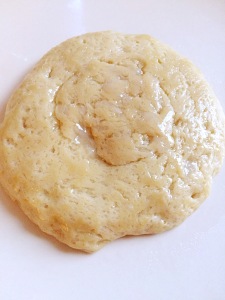
3. The flour from the dough dissolves into water and the sticky residual is gluten ball
4. Put a steamer with water in on a high heat, bring it to boil
5. Bush a flat plate with oil evenly and thoroughly
6. Stir the flour liquid well and scope the liquid onto the plate
7. Steaming it for about 30 seconds till it turns into firm and transparent
8. Take out the plate, oil the top side of the ‘skin’ and tear it off the plate
9. Repeat for the rest of liquid and finally steam the gluten ball
10. Cool down the ‘skin’ and cut them into 2cm wide noodle strip
11. Cut steamed gluten ball into 2cm dices
12. Mix all above to serve you Liangpi

